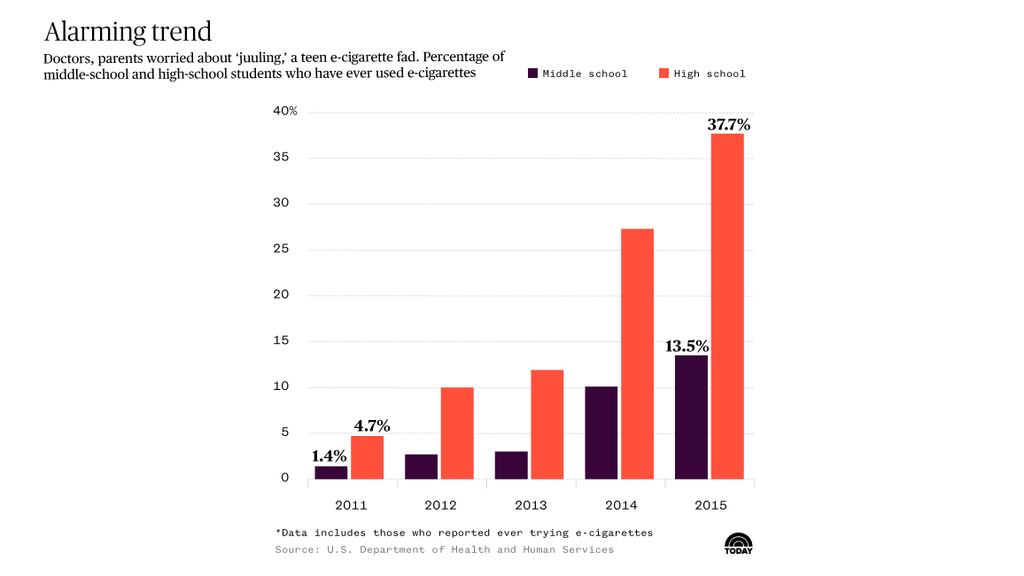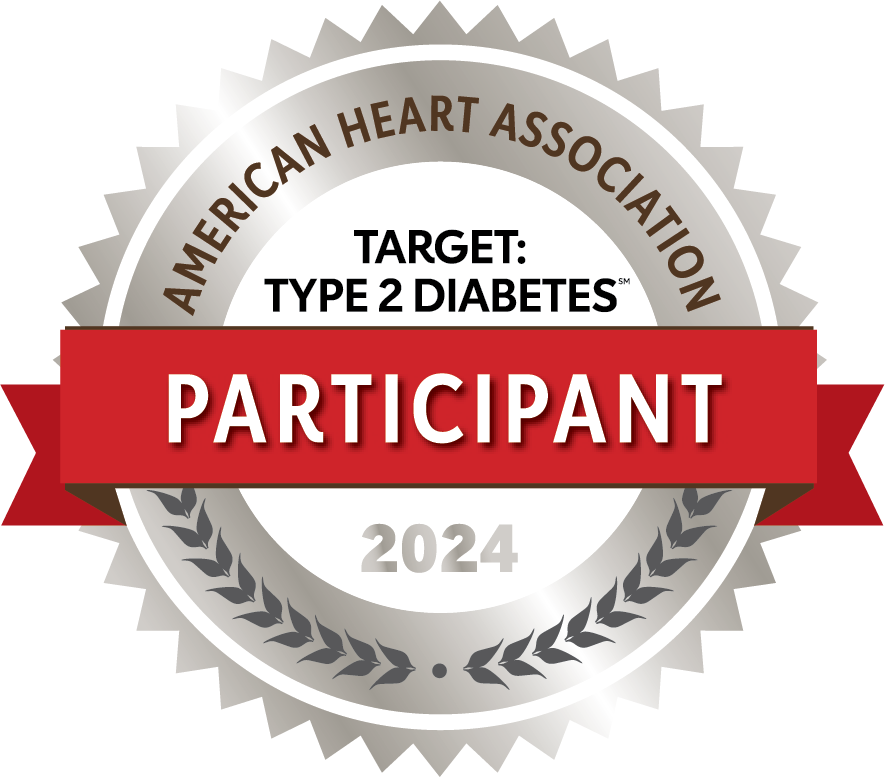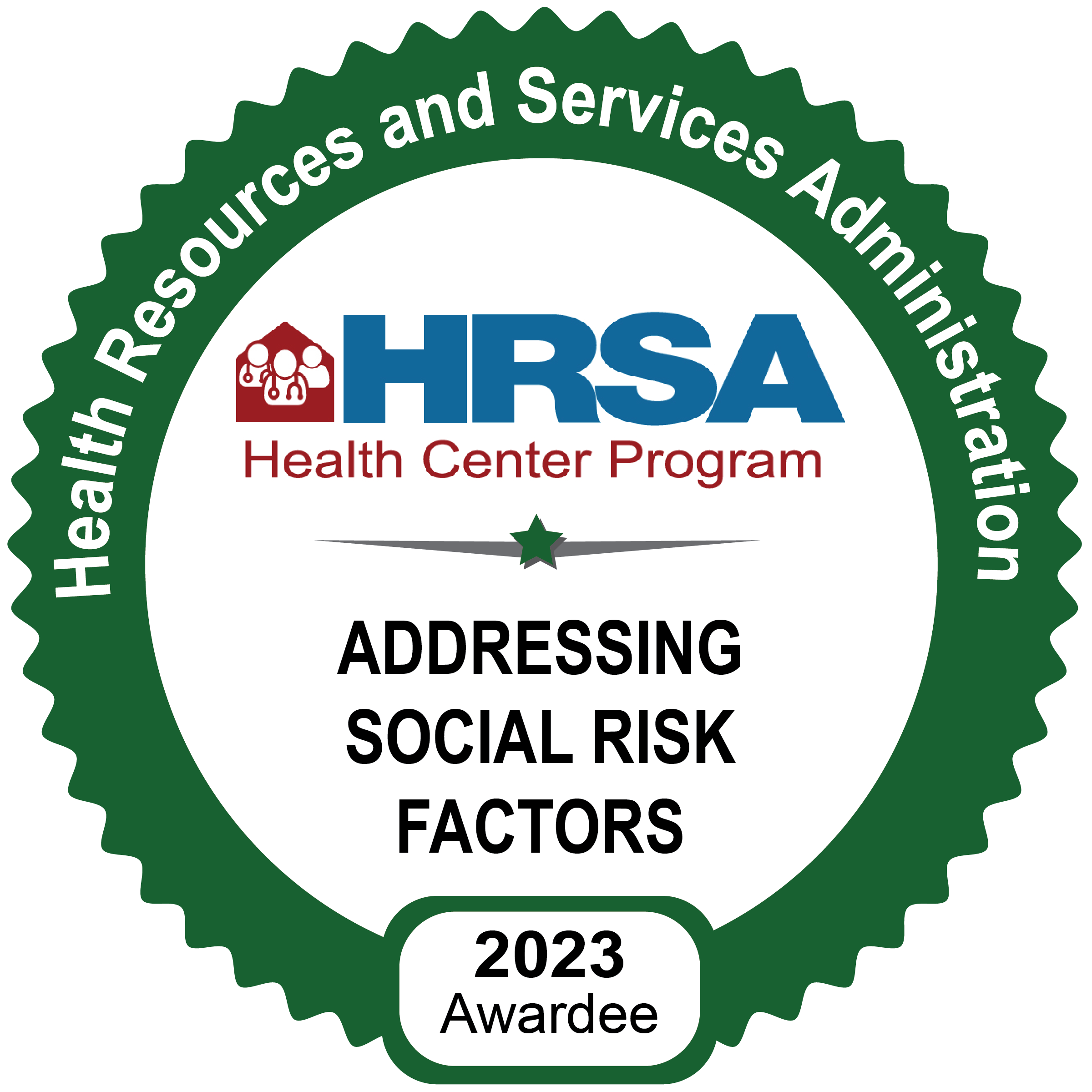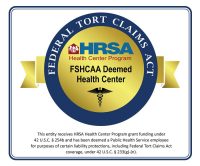Written by Dr. Patrick Smith, Valley-Wide Health Systems and Dr. Nicole Oberfoell, Valley-Wide Health Systems Medical Resident.
Each year in the United States, approximately 480,000 people die from cigarettes. This astounding number has prompted a number of alternatives to smoking traditional cigarettes. One such alternative is the e-cigarette. However, are e-cigarettes “better” for you than regular cigarettes?
E-cigarettes arrived in the U.S. market in 2007. They contain fewer chemicals than traditional cigarettes, so they have been marketed as a healthier alternative. In fact, they have even been promoted as a smoking cessation aid, but multiple studies shows this is not the case, and in fact, it becomes harder to quit. Although they have less diversity and quantity of toxins, e-cigarettes can still include some of the same toxic, metallic elements found in conventional cigarettes, including cadmium, nickle , arsenic, chromium and manganese. There are also volatile organic additives compounds and flavoring additives. These respiratory irritants are associated with lung scarring. Inhaling high levels of these metals is linked to problems in the liver, lungs, immune system, heart and brain.


Additionally, some products contain chemicals including formaldehyde, often used in building materials, nitrosamines (linked to cancer) and lead (a neurotoxin). Silicate particles, which can cause lung disease, have also been found in e-cigarettes.
E-Cigarettes and Youth
It is important to understand that an adolescent brain is extremely sensitive to the effects of nicotine; the brain continues to develop until the age of 26. Nicotine can affect the brain, interfering with memory, attention processing, and overall mood. In 2011, less than 2% of high students reported having used e-cigarettes. By 2015, that percentage had jumped to 16%. A national survey from the University of Michigan reported 11% of high school seniors and 35% of 8th graders reported vaping with nicotine in the past month. A product called “Juul” is a vaping device that looks like a USB stick and sales increased by 641% from 2016 to 2017. It has even adopted its own name, “Juuling” instead of smoking. A recent survey showed 63% of youth did not know nicotine was present in all Juul products.
These statistics are troubling, considering vaping increases the risk a teen will smoke traditional cigarettes later in life. In fact, teens who vape are 7 times more likely to smoke traditional cigarettes than those who have never vaped.
Parental Advice
- Talk openly and freely to your kids about vaping
- When you see an advertisement, take the opportunity to talk about it
- Explain the addictive nature of vaping
- Emphasize that “Juuling” or vaping still means using nicotine
Support
Valley-Wide Health Systems is committed to helping you quit using tobacco products. Contact your preferred clinic today to discuss tobacco cessation services with your healthcare provider. Many of these services are without cost.











